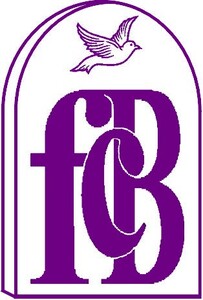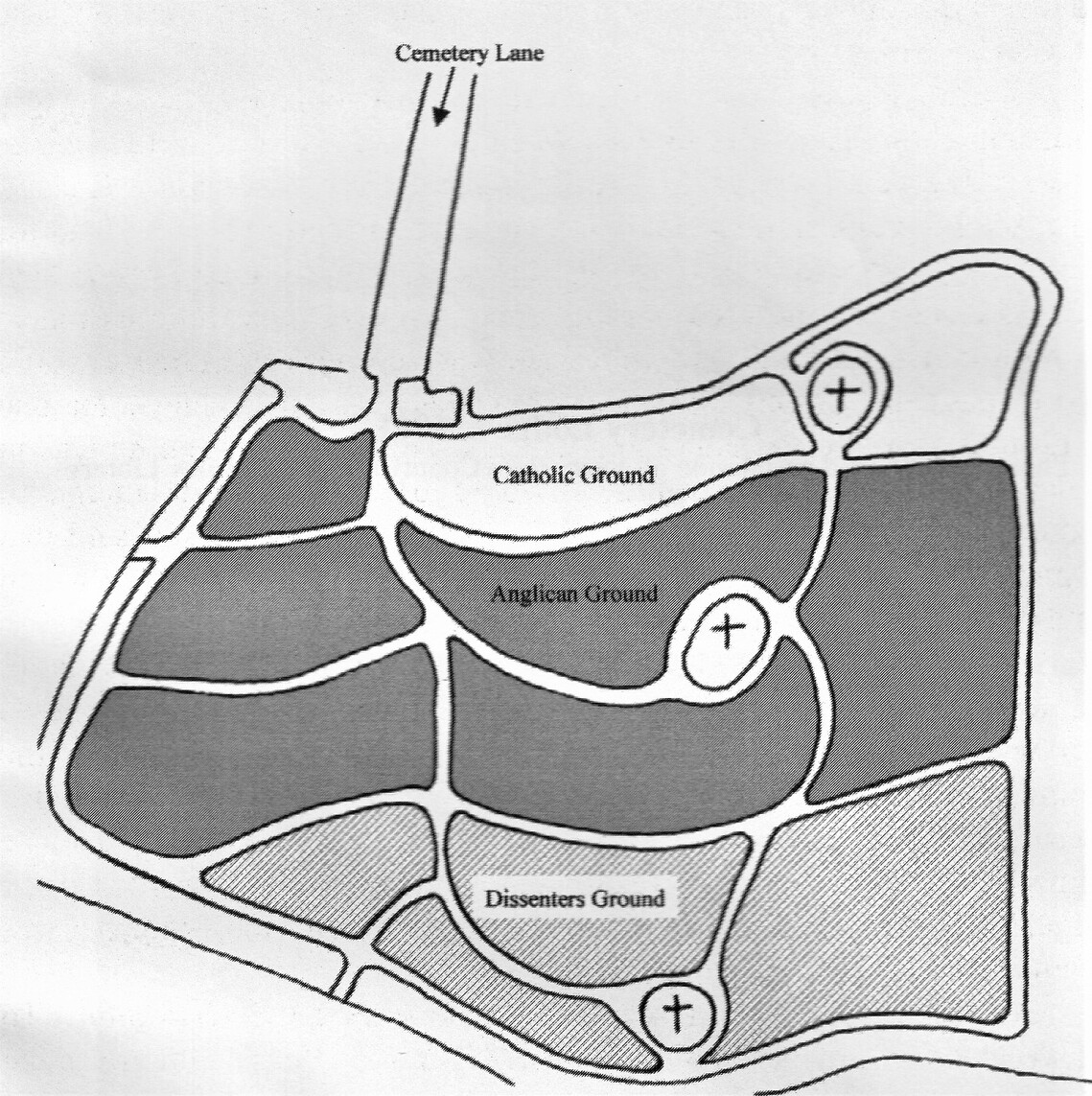Burnley Cemetery, at 59 acres, is the largest of the Burnley district's cemeteries and is owned and managed by Burnley Borough Council.
In the first half of the nineteenth century the population of Burnley grew very rapidly, causing many problems and by the early 1850s most burial grounds in the town were full. In 1854 the Third Burnley Improvement Act made provision for a cemetery to be paid for from the rates. The site chosen was at Riley’s farm, near Rosegrove, where 18 acres of land were bought.
Thomas Worthington, a young Manchester architect, 
The lodge and entrance arch about 1901
From "In Loving Memory - A History of Burnley Cemetery" by Molly Haines
The cemetery was unusual in having three chapels as most had only two; one for Anglicans, in consecrated ground, and one for Dissenters, but in Burnley the Roman Catholics also had their own chapel. The cemetery was laid out in a tasteful manner, with serpentine paths, and was described as ‘a sweet and secluded spot’. The original entrance to the cemetery was at the bottom of Cemetery Lane.
The original cemetery layout about 1856
From "In Loving Memory - A History of Burnley Cemetery" by Molly Haines

The Crematorium was first considered in 1938 but was not built until 1958. It is of a modern design, with a strong classical simplicity. It sits in its own landscaped grounds with the main entrance separate from the Cemetery on Accrington Road but with access to the cemetery.

